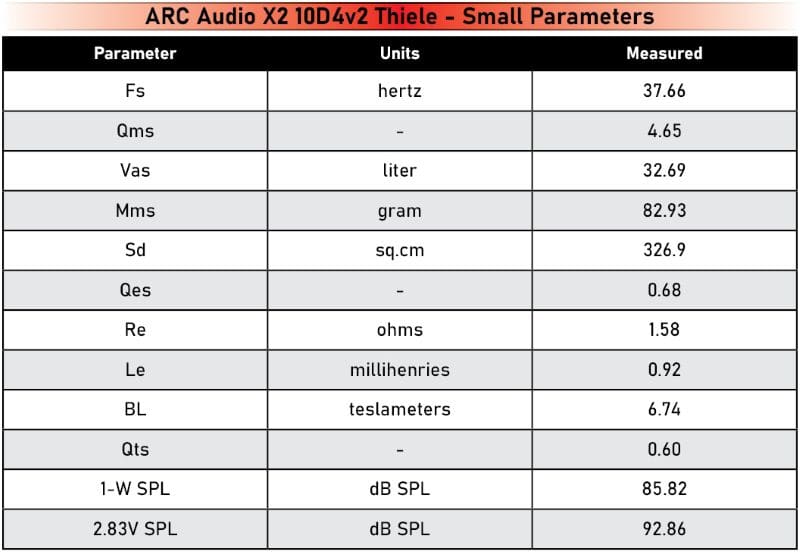Though best known for their amplifiers and signal processors, the transducer design team at ARC Audio in Modesto, California, doesn’t slouch. A few weeks back, they sent me one of their new X2 10D4v2 10-inch subwoofers to put through its paces in the BestCarAudio.com lab. So let’s see what this affordable 200-watt subwoofer can deliver!
ARC Audio X2 10D4v2 Features
The X2 family of subwoofers includes 10- and 12-inch drivers with your choice of dual 2- or dual 4-ohm voice coils. The 10-inch drivers are rated to continuously handle 200 watts of power for at least 10 hours. While the 200-watt spec doesn’t raise an eyebrow to many, the fact that the driver can dissipate that much heat for at least half a day tells you that some serious thermal management is put into the design. I can think of many subs that have come through the lab that claim to handle more but haven’t survived my “listening” evaluation.
That cool-as-a-cucumber voice coil is based on a 2-inch high-temperature aluminum former and features a low-mass copper-coated aluminum winding. Before you get your knickers in a knot about using aluminum in a voice coil, you should know that it’s a prevalent design decision. Using copper-coated aluminum allows the engineers to specify a precise number of windings while hitting a target weight. Unlike amplifiers and speaker power wires, voice coils are designed based on a target impedance, so the materials are chosen based on their diameter and resistance characteristics. Sometimes the designer needs more resistance per conductor – so CCA is the perfect solution.
The cast T-yoke includes a 21 mm cooling vent in the center that allows heat from inside the voice coil former to escape. Vents under the spider mounting plateau on the basket serve the same purpose and allow heat to escape outside the voice coil. In both instances, these vents also help improve the drivers’ linearity by preventing pressure build-up under the dust cap or the spider at high excursion levels. Consequently, these features improve linearity and reduce distortion.
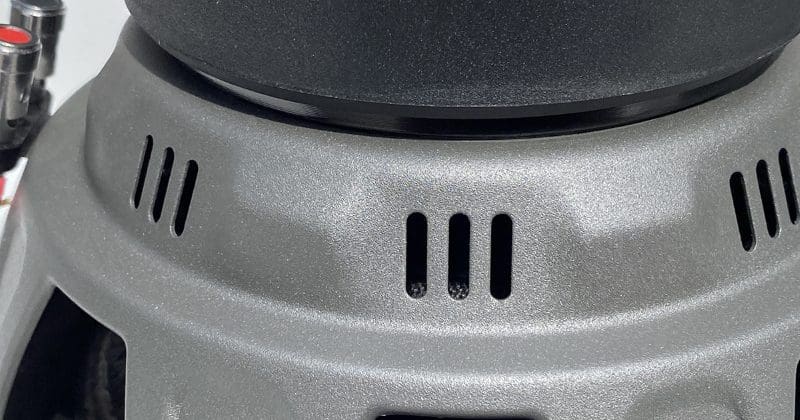
The basket is a heavy-gauge stamped steel design with eight large windows. Each spoke includes an embossed rib and rounded-over edges to improve the chassis’ rigidity further. Two sets of spring-loaded speaker terminals are provided for your installer to connect to the driver. The tinsel leads from the terminals are sewn into upper ridges of the high-roll Conex spider. If you are wondering what the difference is between the original X2 10D4 and Version 2 – there were two significant changes. First, the X2 V2 features an entirely new basket design with a shallower draft angle that is easier to manufacture and offers additional strength with less chance of resonance. Secondly, the voice coil now features the latest tempering and thermal treatments along with updated high-temperature adhesives to increase the subwoofer’s resistance to abusive applications and heat traditionally resulting from overpowering the driver.
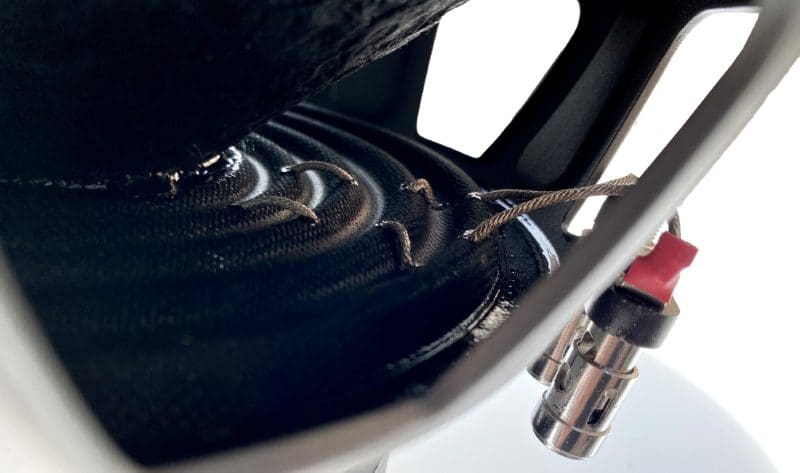
Looking at the face of the X2 10D4v2, you are met with a large injection-molded concave dust cap with an embossed ARC Audio logo. The main cone is a pressed pulp paper design with composite fibers that have been treated with a moisture-resistant coating. ARC Audio products are very popular in Malaysia and Singapore, where the average humidity is nearly 85% and exceeds 90% frequently. Cone materials like pulp paper that might absorb moisture don’t fare well in those conditions. It’s not a concern for the X2 subwoofer, and they’ll be just as happy in Florida, Louisiana or Mississippi.
A large rubber surround at the outer edge of the cone provides additional compliance and connects the assembly to the basket. ARC Audio added an injection-molded trim piece to the top of the mounting surface to help conceal whatever mounting hardware your installer chooses. This new molding allows installers to front mount the sub without worrying about leaving air gaps or leaks.
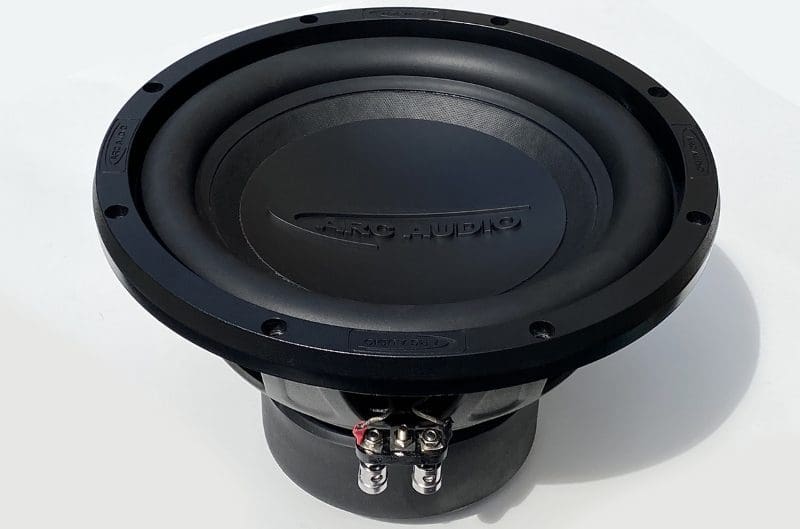
Subwoofer Specifications and Application
ARC Audio describes the X2 10D4v2 and its 12-inch brethren as offering an excellent balance of efficiency, dynamics and low-frequency extension that makes them fun to listen to. A cursory look at the specs agrees with this observation. The Xmax is specified as being 13.5 millimeters one-way so that the driver can move a lot of air. I measured a set of Thiele/Small parameters with the subwoofer new out of the box, then set it up in my test jig and let it break in for 15 hours with a low-frequency test tone. As I’ve explained, some drivers change significantly after being broken in, and others barely change. The X2 10D4v2 didn’t change much. The Fs dropped from 40.3 to 37.4 hertz, the Qts dropped from 0.66 to 0.6, and the Vas softened from 22.25 liters to just over 24 liters. You won’t experience much change as you put the hours on the subwoofer, so your audio system won’t need to be recalibrated if you have a DSP or EQ in the signal chain.
As odd as it sounds, I can tell a lot about a driver’s design during the break-in process. If the suspension or motor is non-linear, it’s easy to hear harmonics as the cone moves forward and rearward. My break-in process involves playing a low-frequency test tone at high-enough levels to push the voice coil and suspension to its limits. The ARC Audio X2 behaved excellently during the break-in, so I have high hopes for it during my listening evaluations.
Once exercised and allowed to cool, I took a full suite of Thiele/Small parameters using my Woofer Tester II.
Impedance Measurements
Taking a look at the impedance curve of a speaker can tell us some subtle characteristics about a driver’s design aside from the Q-factor of the primary resonance. In the case of the X2 10DV4v2, there’s a small ripple in the impedance around 240 Hz, so this would be a resonance in the moving assembly that you’d want to avoid. Very few car audio systems play subwoofers much above 120 hertz, so this won’t be a problem. The other item worth noting is that the driver has a moderately high inductance, as indicated by the impedance curve going off the chart at high frequencies. Highly inductive speaker voice coil designs reduce midbass output, so this sub is likely best used with a steep 80-hertz low-pass filter.
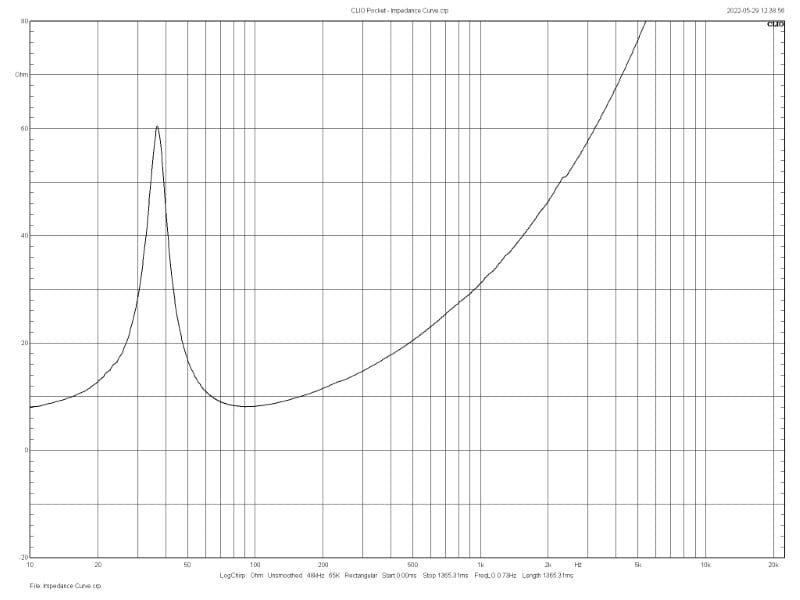
Enclosure Simulation
I loaded the measured Thiele/Small parameters in BassBox Pro and VituixCad to simulate several enclosures. I settled on a 1.2-cubic-foot vented enclosure tuned to just under 35 Hz. The software predicted an excellent low F3 frequency of 30.4 hertz. If you want to run this subwoofer in a sealed enclosure (typically what ARC Audio will recommend in most applications), something with a net volume of 0.5 cubic foot will yield a Qtc of 0.702 and an F3 of 58.76 hertz. I like the idea of the added efficiency of the vented enclosure and know that in a vehicle, the response curve should be calibrated with a DSP to hit a target – so that’s what I built. By the way, you’d need five subs in a 2.5-cubic-foot sealed enclosure to equal the output of the vented design. With that said, the small airspace requirements of the X210 in a sealed enclosure make it an excellent candidate if you have the depth to spare for a seat back or under-seat enclosure in most pickup trucks.
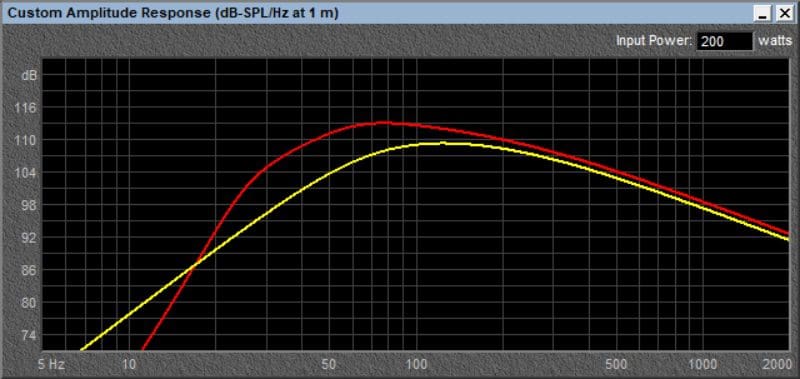
ARC Audio Subwoofer Listening Evaluation
With the enclosure constructed and the layer of MDF dust blown off, I brought the subwoofer system to my listening room to check it out. I use a modified Clarion DRZ9255 source unit to power a Team Edition ARC Audio SE2300 for the main Polk Audio LSi9 bookshelf speakers and an ARC Audio X2 2500.1 amp to power the subwoofer. I chose this amp because it can deliver more power than I’ll ever need at any load, and it sounds fantastic. After level-matching the sub to the main speakers and confirming polarity around the crossover point, I settled in for some listening.
The first track I played was “NDA” by Billie Eilish from the album Happier Than Ever. Billie likes her bass. I mean, she likes deep bass. While the primary bass line in this track is up at 50 Hz, there’s lots of content down at 22 Hz. The X2 10D4v2 had no problem shaking the ceiling tiles in the room. The bass was clear, detailed and very musical.
Dynamics and Impact
I cued up Infected Mushroom’s “Eat it Raw” next. This track is punchier, with most of the bass energy between 40 and 60 Hz. The X2 sub had no problem producing a solid and powerful beat on this complex track. At the 4:46 mark, there’s a TON of infrasonic information. The peak amplitude in this part of the song is 10 Hz. The infrasonic filter in the X2 2500.1 amp didn’t help this come through, but it was still audible, clear and controlled. This track is a lot of fun – but is also a bit dangerous to subwoofers in vented enclosures.
The last track, “Torus” by Sub Focus, is another challenging test of a subwoofer’s performance. Most of the track has a solid kick down at 40 Hz, but at the 3:04 mark, a deeper bass line kicks in with significant energy down into the 22 Hz territory. The X2 10D4v2 didn’t seem to care. It reproduced everything I sent it effortlessly. Even at high volume levels, the sub stayed taut and controlled while filling the room with low-frequency energy. My god, this thing is a lot of fun!
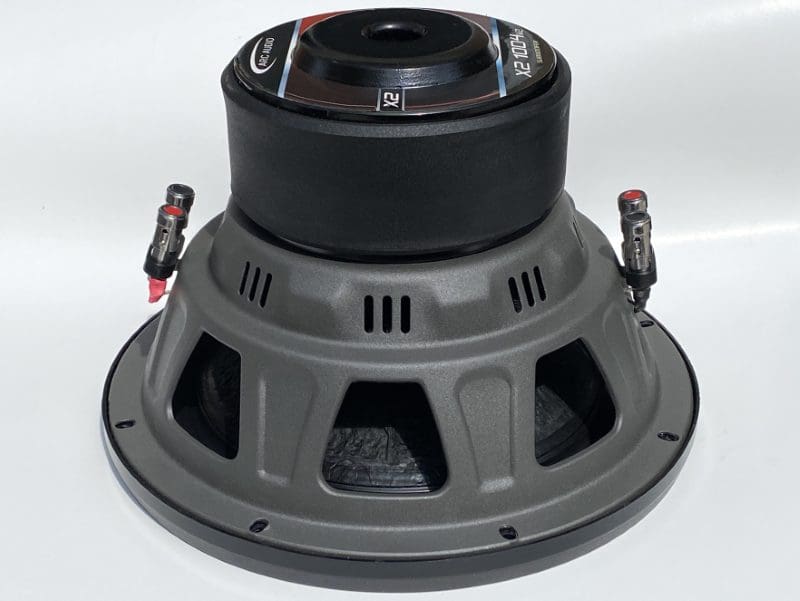
A Serious Subwoofer Worth Checking Out
Most of the time, car audio enthusiasts focus on flagship products from their favorite brands. In the case of the ARC Audio X2 10D4v2, this is a subwoofer that sounds better than many companies’ so-called audiophile drivers. No, it doesn’t quite have the attack at higher frequencies of a subwoofer with a shorting ring and copper cap, but it also costs a fraction of what something like that would. ARC Audio designed this driver to deliver excellent “street” bass. I’d say it does that and a lot more. The modest power specs allow the cone assembly to be relatively light, so it’s efficient. You don’t need 500 watts to get this sub loud – it’s plenty of content with a few hundred watts in the proper enclosure. Though the Thiele/Small parameters lean toward a sealed design, it’s clear that the efficiency gains of the bass reflex enclosure I designed are worth the extra air volume. Forget a pair of these in a sealed enclosure; a single driver in a ported solution is the way to go every time!
If you’re looking for a subwoofer that delivers impressive sound quality and output from modest power, then it’s time to drop by a local ARC Audio retailer and check out the X2 10D4v2 subwoofer. You can find a retailer near you using the Dealer Locator on their website. Be sure to follow ARC Audio on Facebook, Instagram and YouTube to learn about all the fantastic new products they release.

